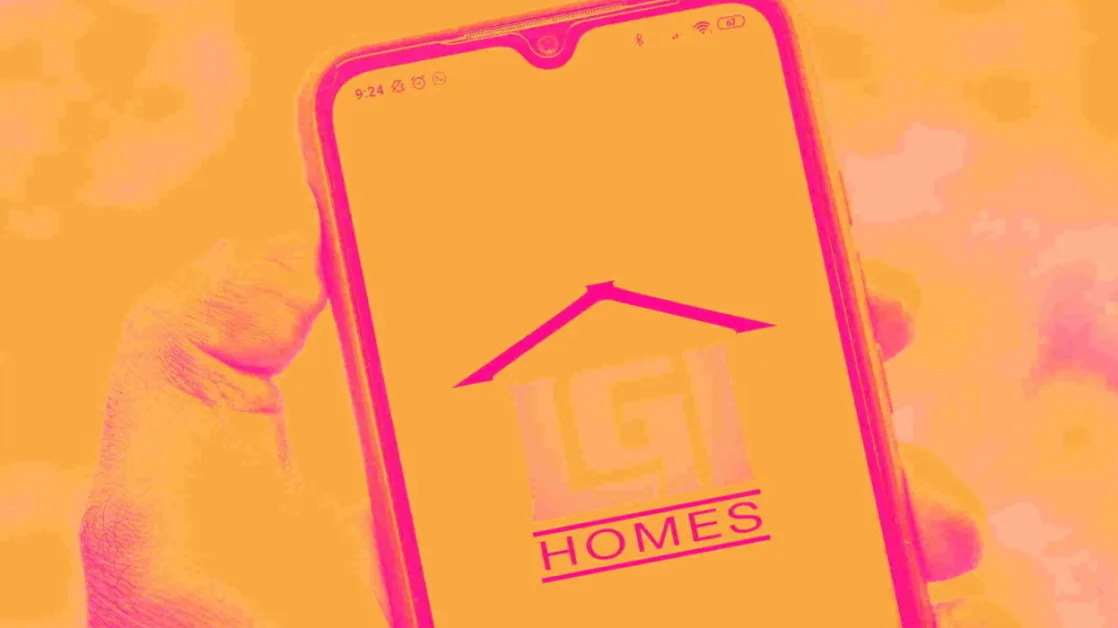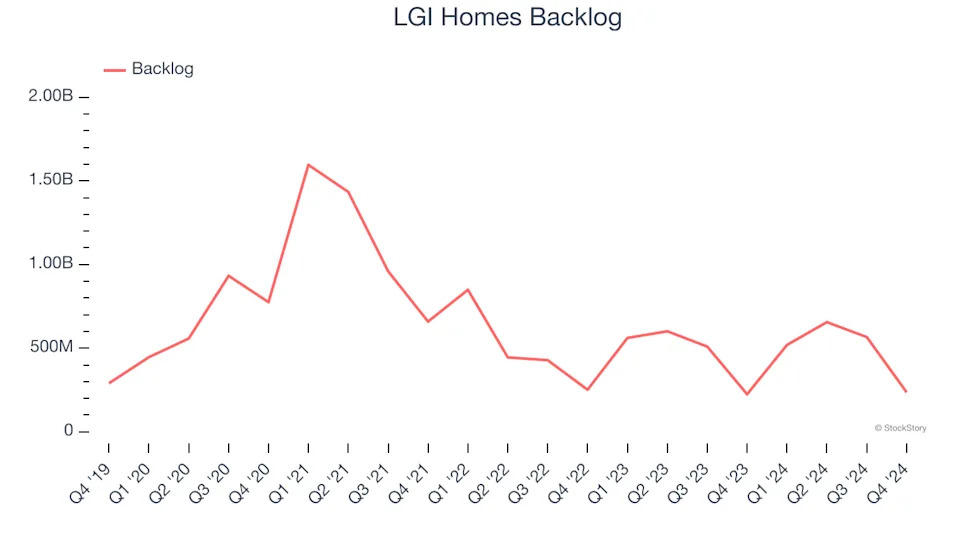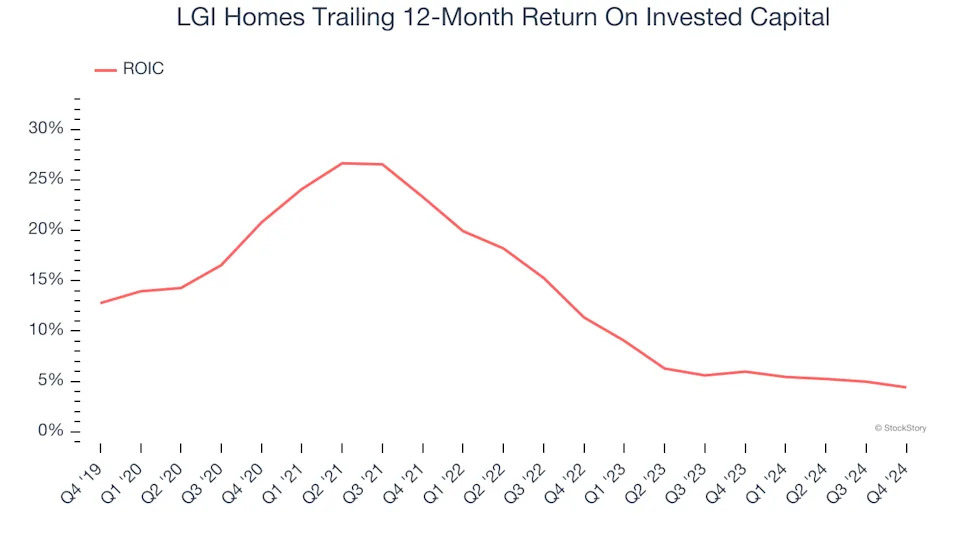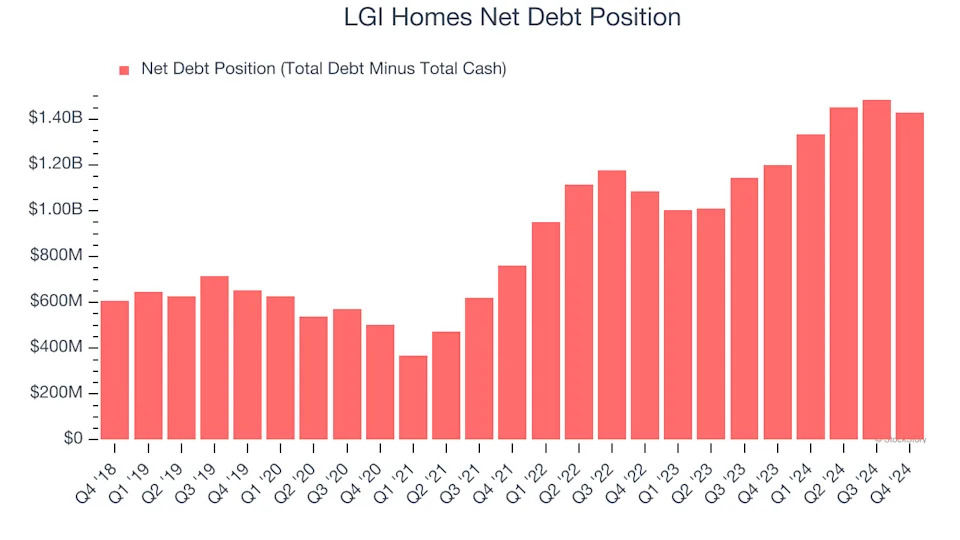
3 Reasons LGIH is Risky and 1 Stock to Buy Instead

LGI Homes’s stock price has taken a beating over the past six months, shedding 49.3% of its value and falling to $58.07 per share. This was partly driven by its softer quarterly results and might have investors contemplating their next move.
Is there a buying opportunity in LGI Homes, or does it present a risk to your portfolio? Dive into our full research report to see our analyst team’s opinion, it’s free .
Even with the cheaper entry price, we're cautious about LGI Homes. Here are three reasons why we avoid LGIH and a stock we'd rather own.
Why Do We Think LGI Homes Will Underperform?
Based in Texas, LGI Homes (NASDAQ:LGIH) is a homebuilding company specializing in constructing affordable, entry-level single-family homes in desirable communities across the United States.
1. Weak Backlog Growth Points to Soft Demand
Investors interested in Home Builders companies should track backlog in addition to reported revenue. This metric shows the value of outstanding orders that have not yet been executed or delivered, giving visibility into LGI Homes’s future revenue streams.
LGI Homes’s backlog came in at $236.5 million in the latest quarter, and over the last two years, its year-on-year growth averaged 3.4%. This performance was underwhelming and suggests that increasing competition is causing challenges in winning new orders.

2. New Investments Fail to Bear Fruit as ROIC Declines
ROIC, or return on invested capital, is a metric showing how much operating profit a company generates relative to the money it has raised (debt and equity).
We like to invest in businesses with high returns, but the trend in a company’s ROIC is what often surprises the market and moves the stock price. Over the last few years, LGI Homes’s ROIC has unfortunately decreased significantly. We like what management has done in the past, but its declining returns are perhaps a symptom of fewer profitable growth opportunities.

3. Short Cash Runway Exposes Shareholders to Potential Dilution
As long-term investors, the risk we care about most is the permanent loss of capital, which can happen when a company goes bankrupt or raises money from a disadvantaged position. This is separate from short-term stock price volatility, something we are much less bothered by.
LGI Homes burned through $145.7 million of cash over the last year, and its $1.48 billion of debt exceeds the $53.2 million of cash on its balance sheet. This is a deal breaker for us because indebted loss-making companies spell trouble.

Unless the LGI Homes’s fundamentals change quickly, it might find itself in a position where it must raise capital from investors to continue operating. Whether that would be favorable is unclear because dilution is a headwind for shareholder returns.